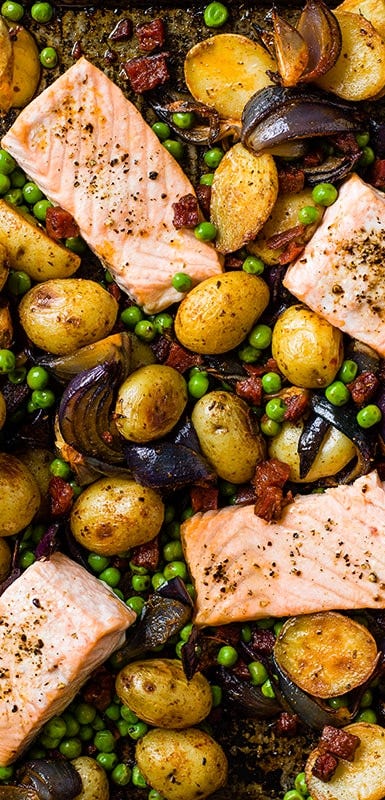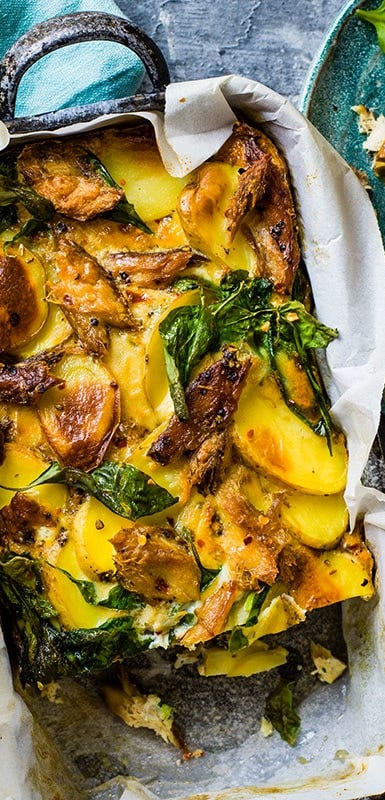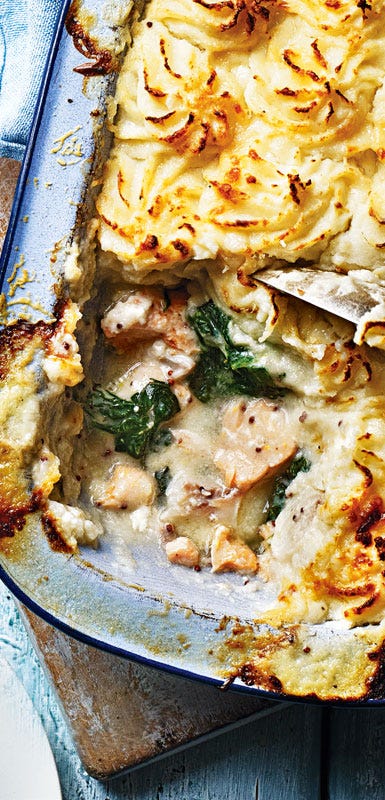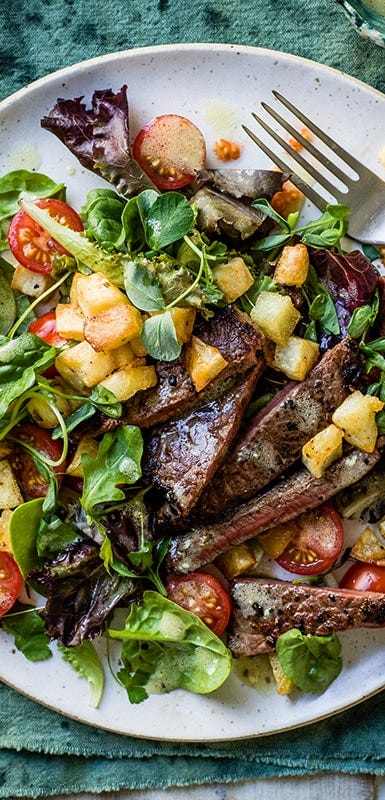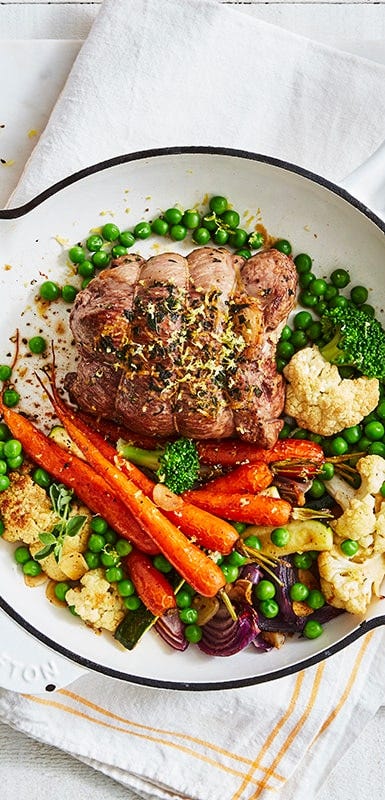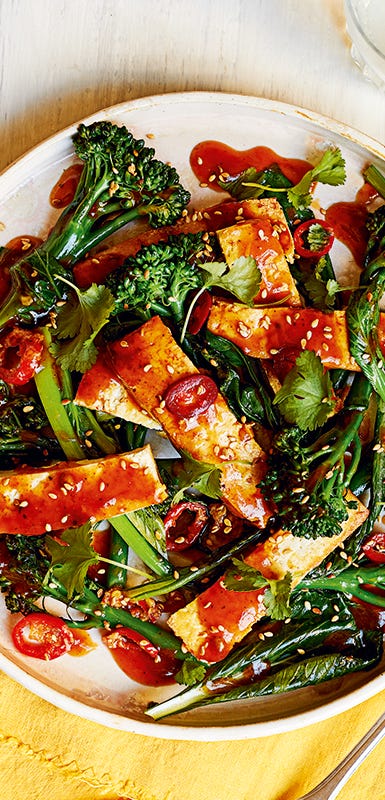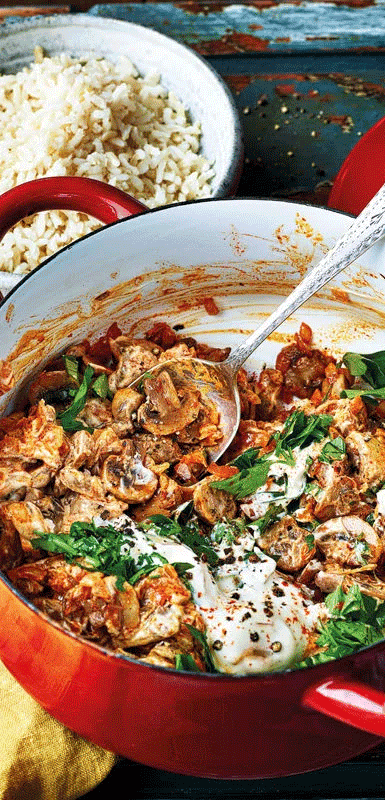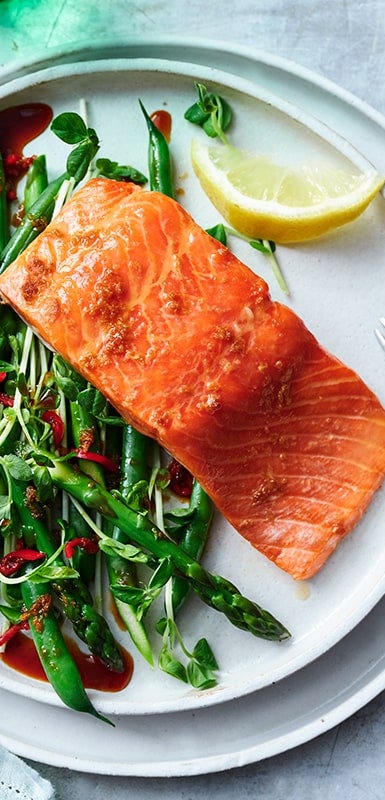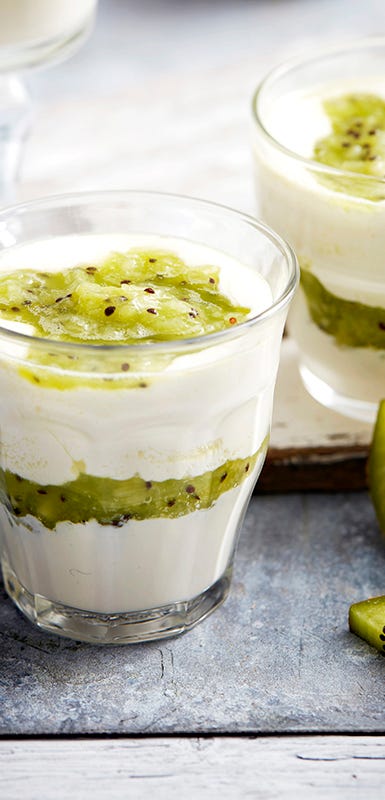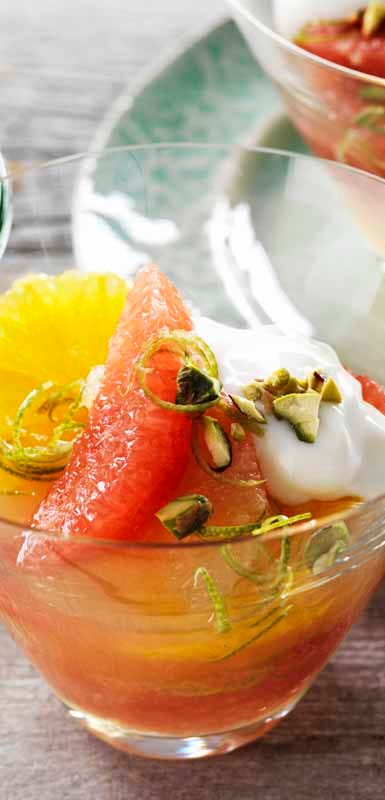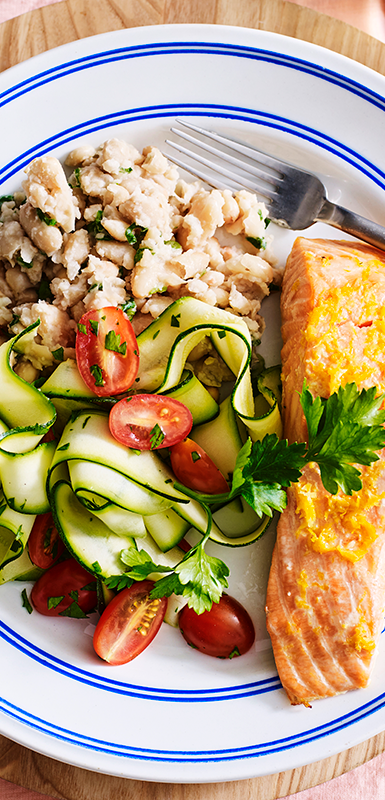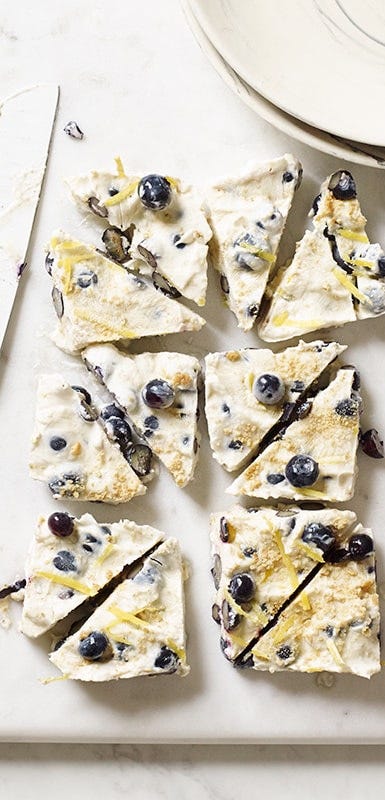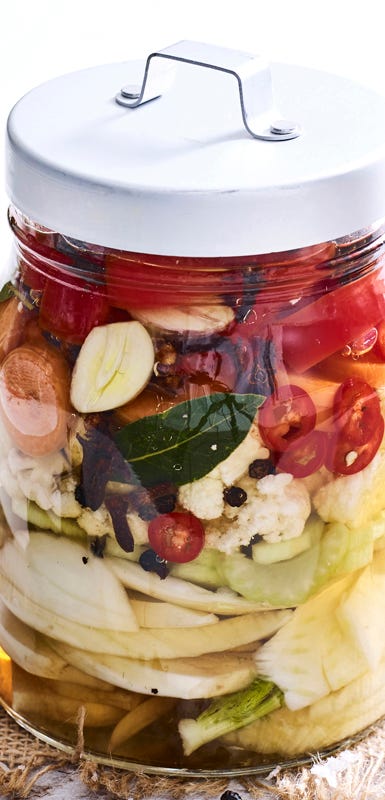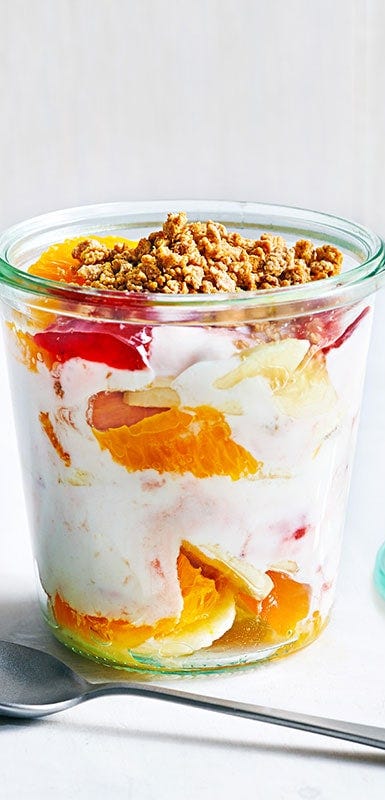5 immune system booster foods
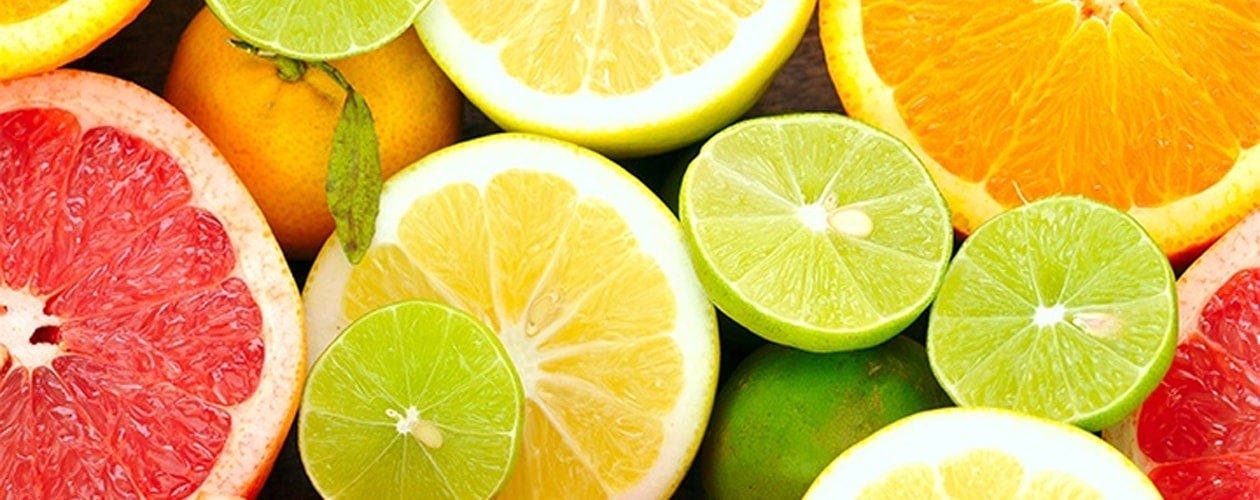

Foods for a healthier immunity
Winter signals cold and flu season, but a strong immune system can help protect you. So how do you ensure your immune system is up to scratch? We know that a balanced eating plan, regular activity, low stress levels, a good night’s sleep, frequent handwashing and steering clear of other sick people are the best strategies to stay well through winter. When it comes to eating well, all nutrients help keep your immunity strong, but here are five that are particularly important at helping to fight infection and promote healing and recovery. They are:
1. Omega-3
Omega-3 fatty acids can improve your immune function by reducing inflammation and promoting healthy cell membranes. Adding these fatty acids to your menu may be particularly helpful for people with rheumatoid arthritis, which can play up during the colder months. But when it comes to giving your immune system a boost, it’s all about getting the right amount. Studies show high doses of fish oil supplements may actually alter the body’s immune function in ways that can lead to a dysfunctional immune response to viral or bacterial infections. So don’t pop a pill without checking with a health professional first.
Food sources of omega-3s
Marine sources of omega-3s include oily fish (think salmon, mackerel, tuna and sardines) and seafoods like mussels, squid and oysters. Not into seafood? There are several omega-3 enriched foods like milk and eggs now available at the supermarket. Plant-based omega-3s found in foods like walnuts, chia seeds, flaxseeds and soybeans are also anti-inflammatory, but they may not have the same health benefits as the powerful marine-derived omega-3s, so it’s recommended you have 2–3 serves of fish and seafood a week.
Try this: Baked salmon fillets with green beans, watercress, grated beetroot, orange segments, and pomegranate seeds.
Are all omega-3s the same?
No. There are three different types – EPA and DHA, which are the long chain omega-3s that fish (and especially oily fish) are rich in, and ALA, which is a plant-based fatty acid found in foods like walnuts, linseeds, and chia seeds, as well as canola oil. The body has to metabolise ALA into the protective forms of EPA and DHA, and because it’s not very effective at doing that, long chain omega-3s are considered to be the biggest provider of the health benefits associated with omega-3 fatty acids. The Heart Foundation recommends eating 2-3 serves of fish, including oily fish, a week – the equivalent of up to 500mg a day of fish oils.
2. Iron
Iron is essential for the production of haemoglobin, which carries oxygen around the body. Having low iron levels can cause fatigue, poor concentration, irritability, lowered immunity and frequent infections.
Food sources of iron
Lean red meat – and to a lesser extent, poultry and fish – remains the most readily absorbable source of iron. For an alternative red meat meal, try grilled kangaroo. Tofu, legumes, wholegrains and iron-fortified breakfast cereals also provide iron. Team them with foods containing vitamin C to increase iron absorption.
Try this: Roasted tofu with soy sauce. Toss 100g firm tofu slices with 3 tbs soy sauce. Spray with oil and roast at 220°C for 25 mins. Serve with stir-fried veggies.
3. Vitamin D
A major role of vitamin D is to assist calcium absorption from the foods you eat and build strong, healthy bones. However, vitamin D also plays a really important role in immunity, and a deficiency may be linked to increased risk of autoimmune diseases and infections.
Sources of vitamin D
Regular, direct sun exposure remains the best way to get your vitamin D, but you can also boost your intake through food. Good dietary sources of vitamin D include oily fish like sardines, mackerel, salmon and tuna; eggs; fortified foods like milks, plus red meat.
‘Vitamin D mushrooms’, which have been pulsed with UV light, are available from some retailers. Or expose regular mushrooms to direct midday winter sunlight for 1–2 hours.
Try this: Start the day with a poached egg and Vitamin D mushrooms sautéed with garlic, which has antibacterial properties.
4. Vitamin C
While vitamin C can give your immune system a boost, the research around popping supplements with the goal to reduce the severity of the common cold isn’t that convincing. To ward off winter bugs, your best bet is to eat more whole foods rich in vitamin C.
Food sources of vitamin C
Along with citrus fruits including oranges, tangelos, limes, mandarins and grapefruit – all ripe and ready in the colder months – look for gold kiwifruit, which has twice the vitamin C content of an orange. With powerful antioxidants called lutein and zeaxanthin, kiwifruit has been studied for its potential role in boosting immunity, as well as protecting against macular degeneration – a leading form of blindness.
Try this: Make kiwi and strawberry porridge. Cook ½ cup rolled oats and 1 cup of water in a microwave on high for 4 ½ minutes. Stir in 50g diced, hulled strawberries. Top with 25g sliced strawberries and 1 diced kiwi.
5. Probiotics
Probiotics are the good bacteria we eat for the many health benefits they impart. Research shows they can improve digestion, help protect against disease and enhance immune function. Probiotics can also help restore a healthy balance of bacteria in your gut after a course of antibiotics.
Food sources of probiotics
Probiotic yoghurts and drinks are a nutritious and easy choice. The bacteria are measured in colony-forming units (CFU), so look for brands that contain at least 100 million CFU per serve.
You can also get a boost of friendly bacteria from fermented vegetables such as the German staple of sauerkraut and traditional Korean kimchi. Both are cabbage-based dishes that are made by lactic acid bacteria fermentation. But don’t expect the mass-produced, shelf-stable pickles available in the supermarket to provide the same benefits as ‘fresher’ products. Unfortunately, the canning or bottling process may destroy the healthy organisms, or they may have been preserved using vinegar, rather than fermentation. Choose products available from health food and specialty stores, such as Asian grocers, or make your own. You don’t need expensive equipment – a large sterilised glass jar will do the trick. Fermenting takes a few days and it keeps in the fridge for months.
Try this: Counteract hibernation and get some probiotics in the process with a bowl of pumpkin soup topped with no-fat Greek-style yoghurt and a sprinkling of ground nutmeg to garnish.

